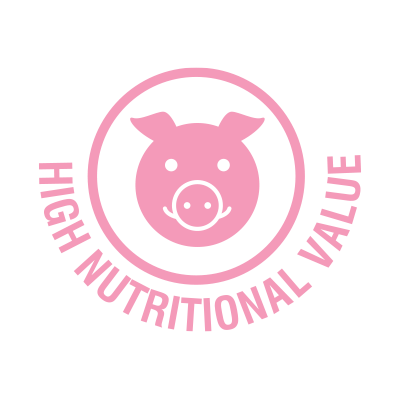
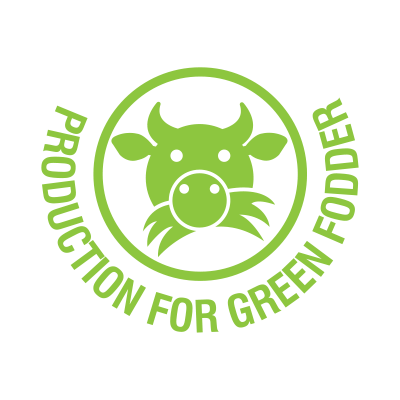

Information
Perennial ryegrass is a perennial fodder grass, low and tufted. Ideal for meadow and pasture mixtures. It is one of the most valuable pasture grasses due to its very good feed value and palatability. Aggressive, fast resprouting, resistant to trampling. It is sensitive to summer droughts and cold winters. For perennial ryegrass, dry matter digestibility is approx. 78%, protein content: approx. 16% in d.m., sugar content 12.5%. It is useful for growing in pure sowing or in mixtures with red clover and alfalfa, for harvesting green fodder, hay, hay-silage and as a catch crop.
Cultivation for seed
Yields well on fertile soils with regulated water relations and in good culture. Optimal pH: 6-6.5. For the establishment of a seed plantation, best choose a site after early legumes and rapeseed, early varieties of edible potatoes. The field should be free of couch grass. Recommended sowing from August 25 to September 15 – you do not lose a year to prepare the plantation for seed planning. Possible spring sowing with a companion crop (early varieties of barley and spring wheat). The seeding rate in pure sowing is 15 kg/ha. Sowing with a companion crop is, for example, 70-90 kg/ ha of spring barley and 90-100 kg/ha of spring wheat + 15 kg/ha of grass. Row spacing is 12.5 cm and sowing depth is 1-1.5 cm. Harvest for seed in late July.
Cultivation for green manure
Before sowing, phosphorus (P2O5) and potassium (K2O) fertilization at 100 -120 kg/ha each and nitrogen fertilization at 60 kg/ha are recommended. During use before the start of vegetation, additionally P2O5 and kjo at 80-120 kg/ha and nitrogen N – 60-100 kg/ha. After each grazing: N – 60-80 kg/ha. Seed plantations: pre-sowing fertilization as for green fodder. During use, a single full fertilization in the spring. NPK doses as before sowing. In cultivation for green fodder: sowing date is arbitrary from the end of April to mid-September. Sowing rate: 15 kg/ha or in mixtures of 15 kg + 3-5 kg of white clover, row spacing: 12.5 cm, sowing depth: 1-1.5 cm. The optimal date for the first grazing from May
2 to 15. By fall: 6-7 grazings. In haying use, the first windrow on approx. June 8. By fall: four windrows. In fodder use, it is necessary to maintain the continuity of grazing or mowing, as well as to cutting of uneaten herbage and removing molehills with a plough. In case of heavy weed infestation, typical herbicides can be applied according to IOR recommendations. In newly established seed plantations and pastures, follow frequent mowing. Herbicides can be applied only after 7 leaves have been produced
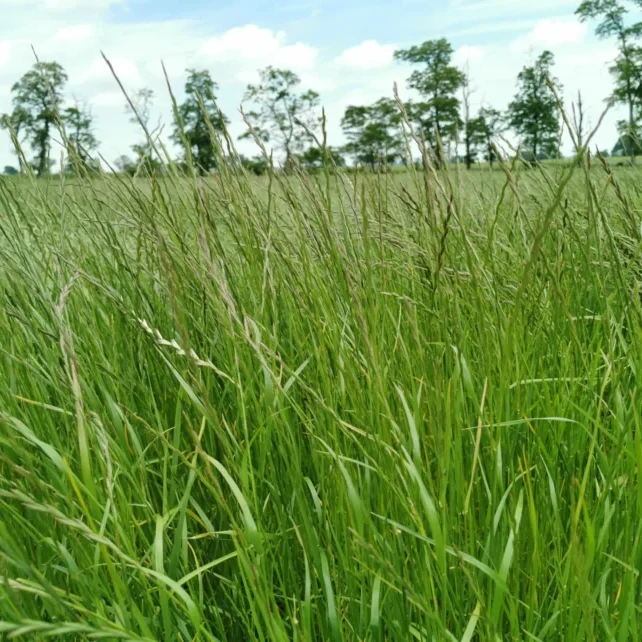
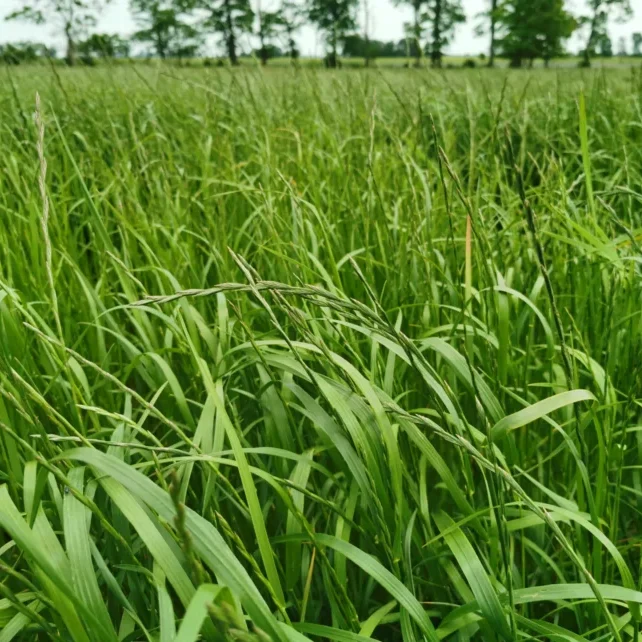

Odmiany
Artemis
A mid-early tetraploid of perennial ryegrass, recommended for hay meadow and fodder use. It stands out for its high feeding value and high seed yield (15-20 dt/ha).
Feature (Artemis):
Maja
A tetraploid, mid-early variety recommended for hay meadow and fodder use. Medium-tall plants (about 78 cm), resistant to frost and drought. Green manure crops – approx. 1120 dt/ha. Dry matter yield – approx. 200 dt/ha. Dry matter digestibility – approx. 76%. Protein content in dry matter – approx. 14.5%. Sugar content in dry matter – approx. 11.8%. Very palatable. Eagerly eaten in the pasture. Recommended sowing rate on seed plantations – approx. 20 kg/ha.
Feature (Maja):
Malowana
A mid-early tetraploid perennial ryegrass, recommended for hay meadow and fodder use.
Feature (Malowana):
Naki
A diploid, mid-early grass suitable for pasture, hay meadow and hay field use. An early variety, it resprouts well in spring and after mowing, produces a lot of generative shoots, stands out in subsequent years of use with good sod formation, gives a high and faithful seed yield, winter hardiness good, resistant to diseases and lodging. It has some lawn grass characteristics, making it useful in lawn mixtures
